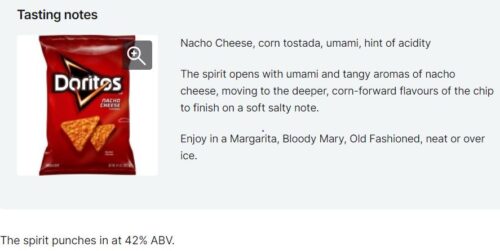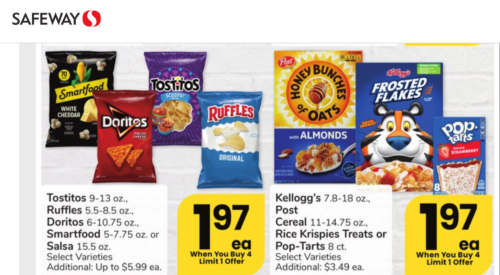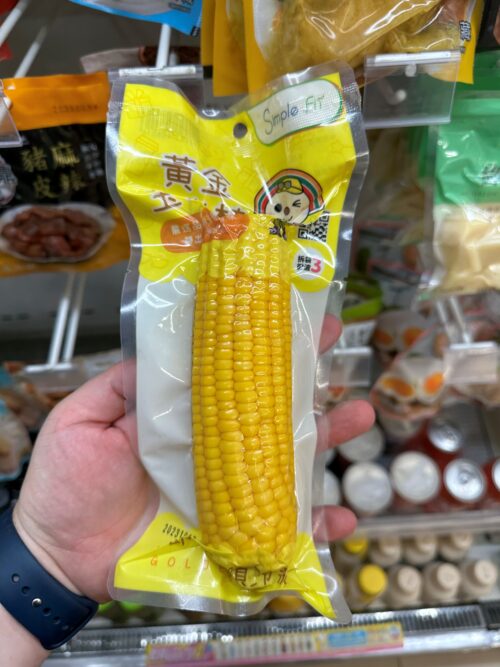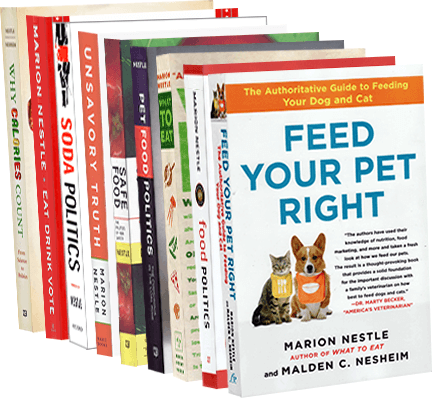What’s up with: Snacks
I’ve been collecting articles on snacks.
Some things to know about snacks:
- They are hugely profitable
- They have largely replaced meals among some population groups
- They are mostly ultra-processed
- The more snacks you eat, the more calories you are likely to take in
With that said, here are some recent items:
- The Evolution of the Snacking Category: Several food giants are turning to better-for-you ingredients and new flavors to meet changing consumer needs and strengthen their presences in the snacking category. Learn more in this Trendline.
- How to be snack-savvy: Key insights for 2024: SNAC International has released its 2024 State of the Industry Report, which highlights category dollar and unit sales, the top performing brands and the influences that continue to shape consumer behavior and preferences…. Read more
- PepsiCo sees slowdown in US salty snack business, plans to ‘make disciplined commercial investments’: PepsiCo’s second quarter 2024 earnings released this morning, revealing new challenges to its Frito-Lay North America business, as company Chairman and CEO Ramon Laguarta vows to tap into consumer demand for zero-sugar and functional products and increase productivity initiatives and commercial investments to spur growth…. Read more
- Conagra ‘nudges’ up snacks, frozen food volumes with merchandising, advertising & innovation: Conagra successfully boosted “meaningful” volume sales of key snacks and frozen foods in the past year despite “a challenging consumer environment,” in which shoppers gave a cold shoulder to some competitors, including PepsiCo, thanks in part to strategic merchandising, advertising and innovation, CEO Sean Connolly told investors yesterday during the company’s fourth quarter earnings call…. Read more
- Why are snack prices continuing to rise? Analysis sheds light on inflation versus the costs of potato chips, chocolate chip cookies, yogurt and ice cream…. Read more
- ‘A snack is a snack, not a meal replacement’: UPFs, Nutri Score, the EC elections, regulations and other issues impacting the European snacks sector: A major concern for the European Snacks Association (ESA) is the debate over ultra processed foods (UPFs), which director general Sebastian Emig believes is not based on scientific fact and is causing confusion among consumers. We caught up with him at Snackex to find out how changes in the European Commission (EC) could impact regulations…. Watch now
- Bringing the snacks industry up to date on acrylamide: Acrylamide – the naturally occurring chemical compound that forms in carb-rich foods like potato chips and pretzels during high-temperature cooking processes such as frying, baking and roasting – is an ongoing concern for the salty snacks sector…. Read more
And last but not least…
- Toothpaste chips anyone? Just how adventurous are you prepared to be? With Snackex coinciding with Euro 2024, Hügli created mixes inspired by familiar dishes from the participating European countries, while Euroma showcased ‘crazy’ flavors that took snackers into new realms…. Read more




